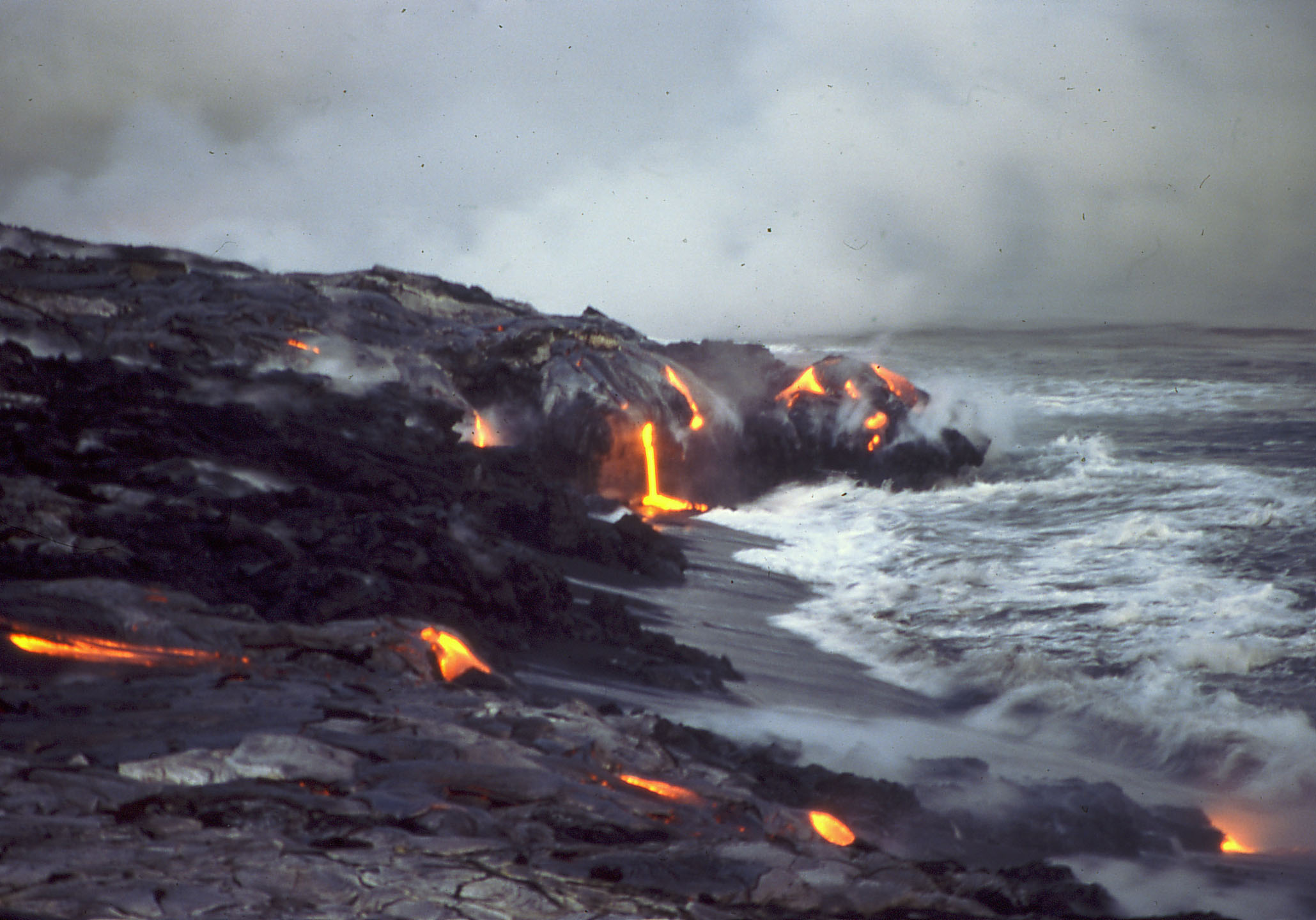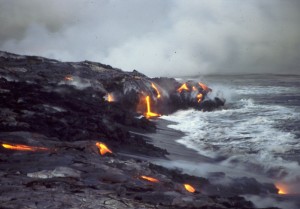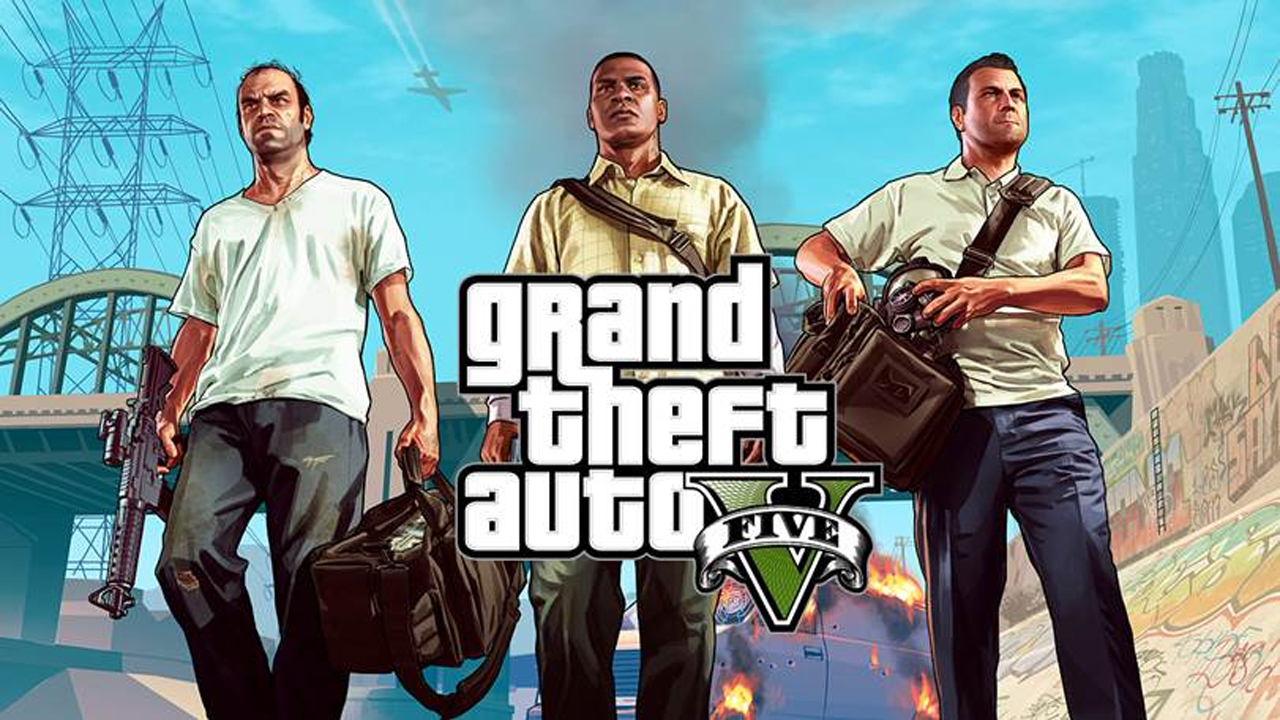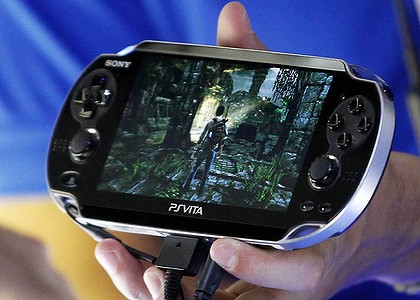A volcano is an open way from planet’s deep to earth. It allows magma, gases and or volcanic ashes to go surface of planet. Tectonic plates are the general place of volcanoes. There are lots of tectonic and volcanic areas in the world. There are also places known as “hotspots” and they are mostly islands located on the top of an old volcano. In history, high volcanic gases changed the climate of atmosphere and planets lived the volcanic winters. How many types of volcanoes are there?
There are 5 types of main volcanoes all over the world. They are Stratovolcanoes, Supervolcanoes, Submarine volcanoes, Subglacial volcanoes and Mud volcanoes.
Stratovolcanoes are the most dangerous volcano type ever. They are mostly conical and tall mountains. Mt. Fuji and Mount Vesuvius are the most popular examples of it. Stratovolcanoes are the most hazardous volcanoes in the history.
Supervolcanoes are the most dangerous type in the world. Their ashes and gases may change the climate of the earth in a period. Yellowstone Caldera is the most popular supervolcano.
There are also underwater volcanoes and they are called Submarine volcanoes. It’s possible to see them mostly in oceans. When they became larger than normal, they can create islands. There are also Mud volcanoes.
There are lots of dangerous volcanoes today in the world like Avachinsky-Koryaksky of Russia, Mount Etna of Italy, Santorini of Greece, Teide of Spain and Sakurajima of Japan. Also there are big volcanoes on other planets like The Tvashtar volcano on Jupiter’s Moon Lo.





